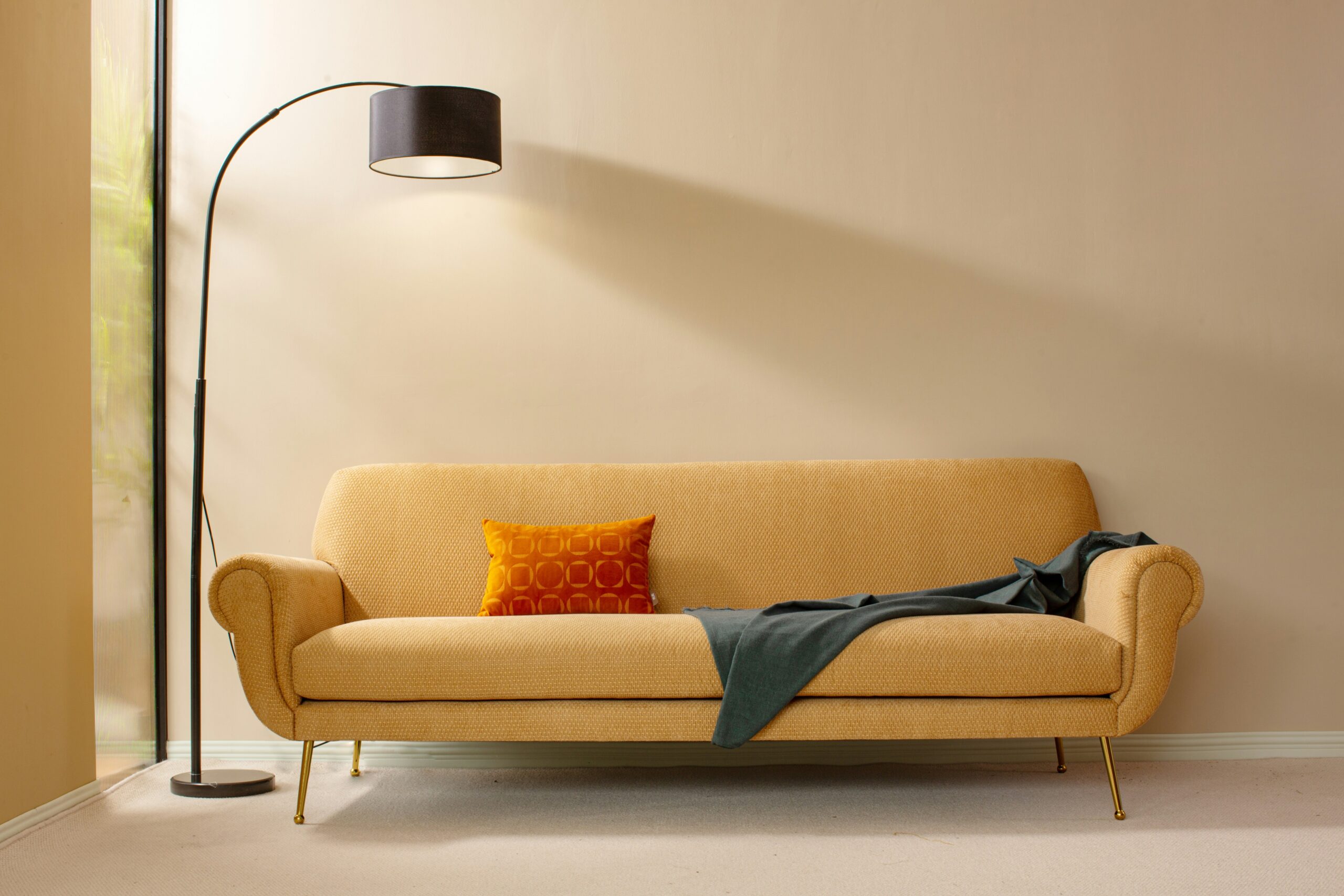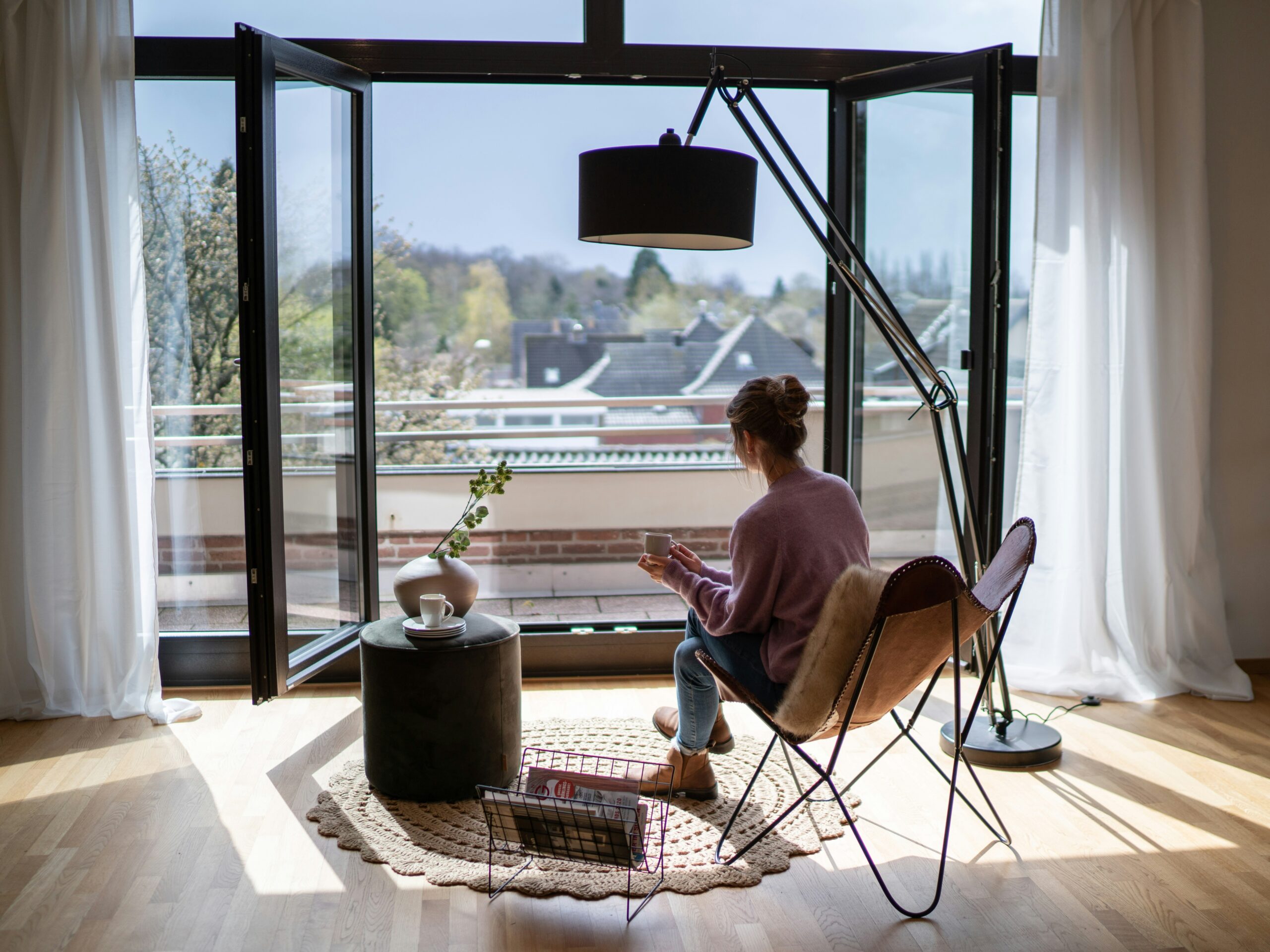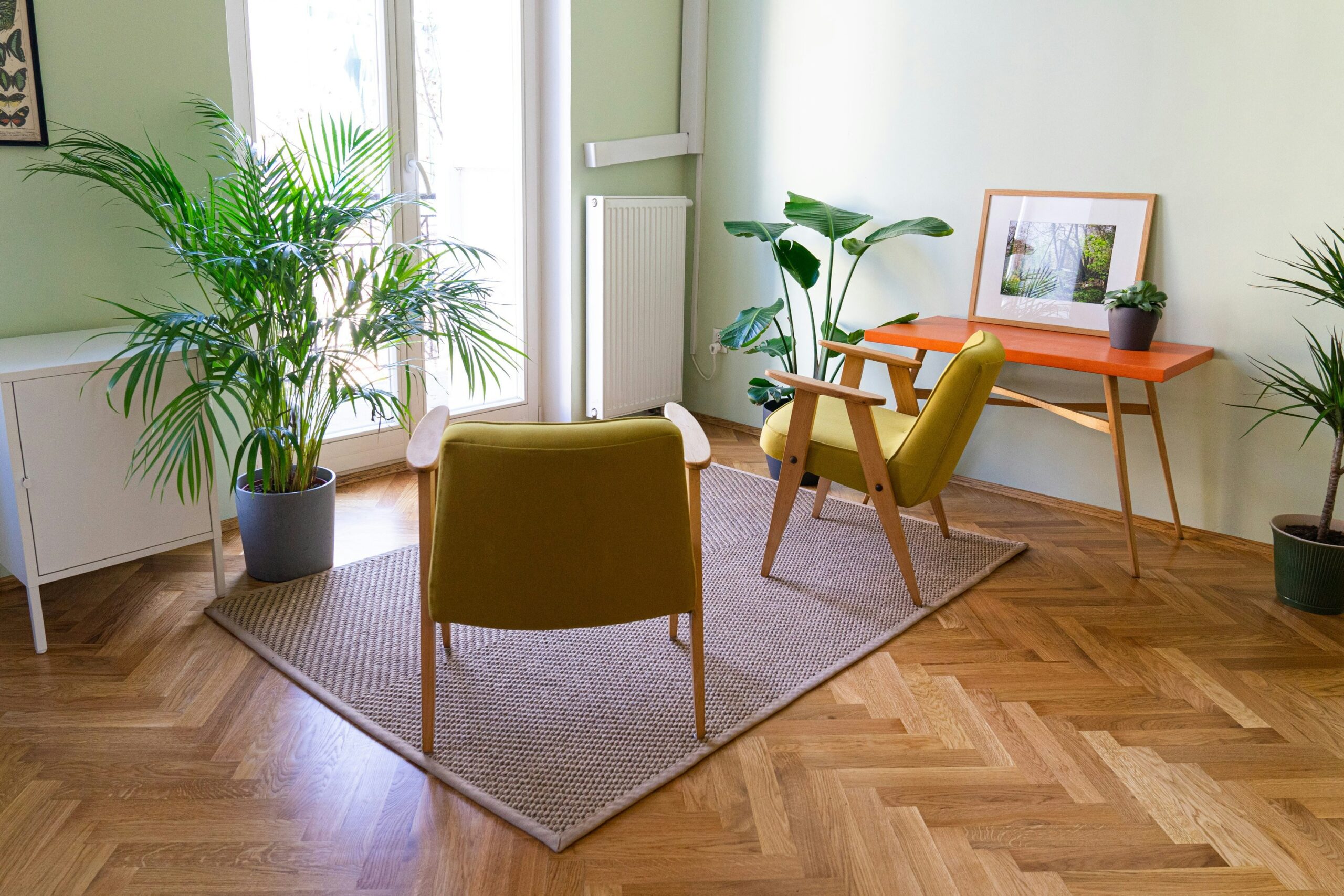Ever wondered how your couch could save you money on your electricity bill? Sounds crazy, right?
We’ve all heard about smart thermostats and voice-controlled lights, but what if your furniture itself could help reduce energy consumption? Energy-efficient furniture isn’t just sci-fi anymore—it’s a growing trend that marries sustainability with comfort. In this post, we’ll explore why energy-efficient furniture matters, how it works, how to choose the best pieces for your home, and where this technology might take us next.
Table of Contents
- Why Energy-Efficient Furniture Matters
- How Does It Work?
- How to Choose Energy-Efficient Pieces
- Tips for Maximizing Benefits
- Real-Life Examples
- Frequently Asked Questions
Key Takeaways
- Energy-efficient furniture can significantly lower utility costs while enhancing comfort.
- It often integrates renewable technologies like solar panels or kinetic energy harvesting.
- Choosing the right pieces requires balancing aesthetics, functionality, and tech-savviness.
- Maintaining these innovations doesn’t need to be complex—just a little TLC goes a long way!
Why Energy-Efficient Furniture Matters
Here’s my confession: I once bought an overpriced “smart” recliner thinking the Bluetooth speakers were cool… until they drained my battery every two hours. Lesson learned—don’t rush into gimmicky products. Real-deal energy-efficient furniture actually delivers value by addressing real problems.
Globally, buildings account for nearly 40% of total energy use, according to the International Energy Agency. Imagine slashing that number simply by upgrading your furniture game. These designs integrate eco-friendly materials and advanced tech to cut energy waste without sacrificing style (or comfort).

Optimist You:
“Let’s embrace innovation!”
Grumpy You:
“Yeah, as long as it’s not going to break down faster than my Wi-Fi router.”
How Does Energy-Efficient Furniture Work?
The secret sauce lies in clever engineering. Some models include embedded solar panels perfect for charging small devices like phones or laptops. Others tap into kinetic energy—you move, and it generates power!
Take IKEA’s recent line of desks equipped with wireless chargers powered by miniaturized photovoltaic cells. They’re sleek, silent—and oh-so-smart. Plus, imagine never tripping over cords again (shoutout to anyone who’s ever faceplanted thanks to tangled wires).
Pro Tip:
If something claims to be “smart” purely because of an app control feature, RUN. That’s just marketing fluff.
How to Choose Energy-Efficient Furniture
- Assess Your Needs: Do you work remotely and need a desk that supports charging needs? Or are you more focused on lowering HVAC loads through smarter upholstery?
- Check Certifications: Look for ENERGY STAR ratings or LEED certifications—these guarantee legitimate efficiency boosts.
- Balance Aesthetics & Tech: Nobody wants a chair shaped like a spaceship unless it blends well with their decor.

Nerd Alert:
Sounds like when your phone buzzes softly after hours lying untouched—the future tingles.
Tips for Maximizing Benefits
Terrific Tips:
- Position solar-integrated pieces near windows for maximum light exposure.
- Regularly clean sensors, panels, or surfaces designed to capture energy.
- Combine energy-efficient furniture with other smart tech for synergistic effects. Think motion-sensing lighting + self-heating chairs.
Terrible Tip:
“Use duct tape to fix faulty wiring.” Please don’t—call an electrician instead!
Real-Life Examples
Bruce’s Story: After installing heated ergonomic office chairs connected to his smart home system, Bruce reduced winter heating costs by 15%. His wife says he now brags about it daily, which honestly sounds insufferable—but effective nonetheless!

Cynical Observation Corner: Yes, Bruce probably got it at Costco during a flash sale. Still counts as proof-of-concept though.
Frequently Asked Questions
Do I Really Need This?
Well…do you *need* avocado toast? Probably not. But won’t it make life better?
Are These Items Expensive?
Initial investment can sting, sure. But remember, every dollar spent saves cents monthly through lower bills.
Will My Dog Eat the Solar Panel?
Dogs will chew anything shiny enough times, yes. Maybe invest in pet-proof coatings too?
Conclusion
Energy-efficient furniture combines innovation, design, and sustainability in ways previously unimaginable. Whether you’re cutting utility costs, enhancing comfort, or just geeking out over futuristic tech, there’s something here for everyone.
Ready to upgrade? Start small—a single solar-powered side table could spark major change. As we step toward greener futures, keep one thing in mind:
Like Pikachu evolving into Raichu, our homes can grow smarter—one piece of furniture at a time.
PikaChairs, anyone?


